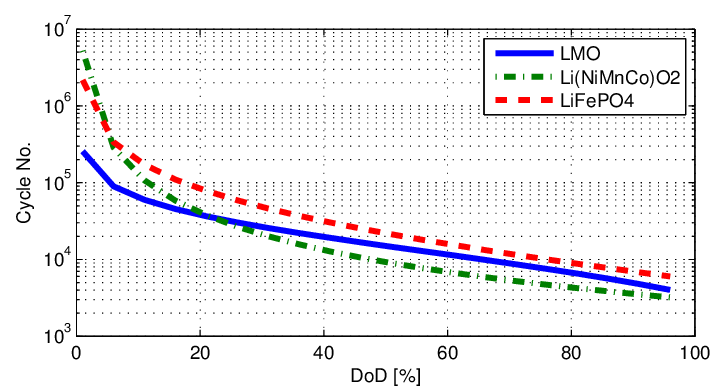Is there an 80/20% rule for Lithium batteries?
Should you only charge Lithium batteries up to 80% SoC and discharge them down to 20% SoC for best lifespan?
Dear Mike,
Maybe I just didn't read carefully enough concerning lithium batteries. My son has been told not to fully charge his electric car battery over 80% nor to discharge it below 20% or it will damage the battery in the long run. In addition I bought a CAT 1750 A lithium power station that from experience with two will not charge above 90% SoC or 12.50 volts. I am unclear about the low end.
This feels somewhat similar to lead-acid batteries. It has more power available than a lead-acid battery but it seems like a similar issue. Am I understanding this correctly? - An RVe Reader
Hey RVe Reader,
You’re in luck. I’m in the middle of recording a video podcast about Lithium battery charging with Dennis Wieske from Progressive Dynamics, and Dennis knows A LOT about how this works. Here’s his answer which matches up nicely with my personal knowledge of Lithium battery chemistry. - Mike
Take it away, Dennis…
Good morning Mike,
Your reader brings up some valid points. When you look at them, the real issue is the type of "Lithium" battery being used.
All batteries will have a shorter life span(lower cycles) when they are discharged to a low State of Charge(SoC) compared to when the battery is lightly discharged and then recharged.
This may be why the reader's son was given the recommended range. Most quality battery manufacturers can provide graphs showing the relationship of life cycle rates versus Depth of Discharge(DoD). However, some type of control processing should be incorporated into the battery or product to protect the battery from overcharging or discharging.
Here at PDI, our converter/chargers are designed for use with LiFePO4/lithium iron phosphate batteries. The LiFePO4 4 cell battery closely mimics the lead acid battery used in automotive and other 12 volt systems. As a matter fact the standard lead acid charger at 13.6 volts will charge a LiFePO4 battery up to 80% capacity. Still, our lithium rated charger will allow you to quickly charge your battery to 100%.
The batteries in the products your reader is mentioning appear to be Li Po/lithium polymer batteries. They are being used in various applications such as automotive, radio controlled cars and airplanes and yes even portable battery booster/power centers like the CAT 1750. These batteries have a different chemistry than LiFePO4's and also have different voltage characteristics. You may also find different voltage characteristics among the various Li Po batteries. Seeing a 3 cell Li Po battery with a 100% SoC at 12.6 volts is normal.
There are many different lithium compositions with different operating voltages in the market today and new ones are being developed as we speak. As far as I know, the LiFePO4 is the only lithium battery that is compatible with standard RV/Marine applications.
Dennis Wieske CETsr
Senior Service Technician
Progressive Dynamics Inc.
Let’s play safe out there… Mike







Reference Dennis' first graph: The number of cycles (lifespan) on the vertical axis versus Depth of Discharge (DoD) is amazing, especially when compared to other battery chemistries..
I'm curious to how that chart was developed. Repeatedly discharging a lithium-based cell down to 80% DoD for 10,000 cycles seems no easy feat and time-consuming; similarly down to 20% for a whopping 100,000 cycles.
I'm also curious as what rate of discharge and charge was used. What rate of charge/discharge is optimal, and what is "good enough for our application."
And what about temperature? Other than the low-temperature and high-temperature cut-off provided by many BMS, is there any benefit to charge rate adjustment for battery temperature between, say, 40°F and 100°F?
I understood absolutely nothing in this article. Please remember you aren't speaking to other electricians when publishing articles. Do I charge over 80 % or not ? Do I recharge when at 20% ?